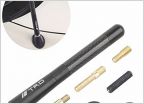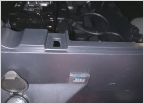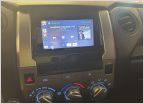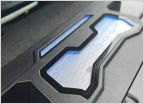-
Welcome to Tundras.com!
You are currently viewing as a guest! To get full-access, you need to register for a FREE account.
As a registered member, you’ll be able to:- Participate in all Tundra discussion topics
- Transfer over your build thread from a different forum to this one
- Communicate privately with other Tundra owners from around the world
- Post your own photos in our Members Gallery
- Access all special features of the site
All Gen cab noise treatments [dynamat, kilmat, siless, etc]
Discussion in 'Audio & Video' started by ps8820, May 18, 2025 at 10:01 AM.


 Shorty antenna - good or not so good?
Shorty antenna - good or not so good? Audio upgrade self install help
Audio upgrade self install help New Kenwood DMX709S
New Kenwood DMX709S Swapping out Head Units
Swapping out Head Units What speakers do you have?
What speakers do you have?














































































